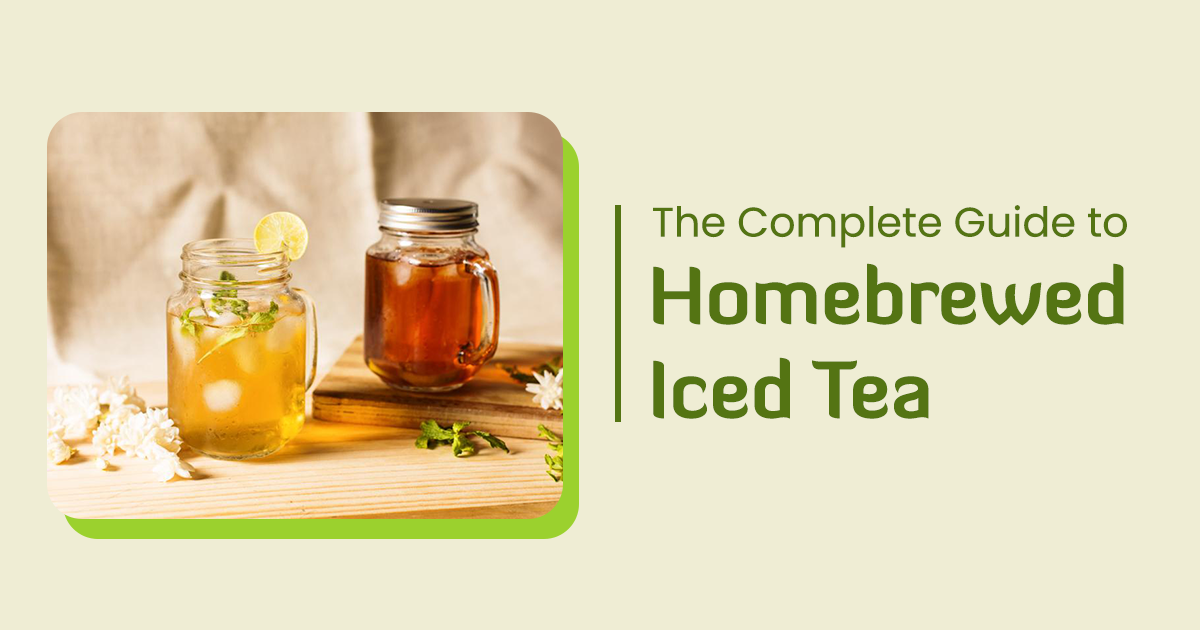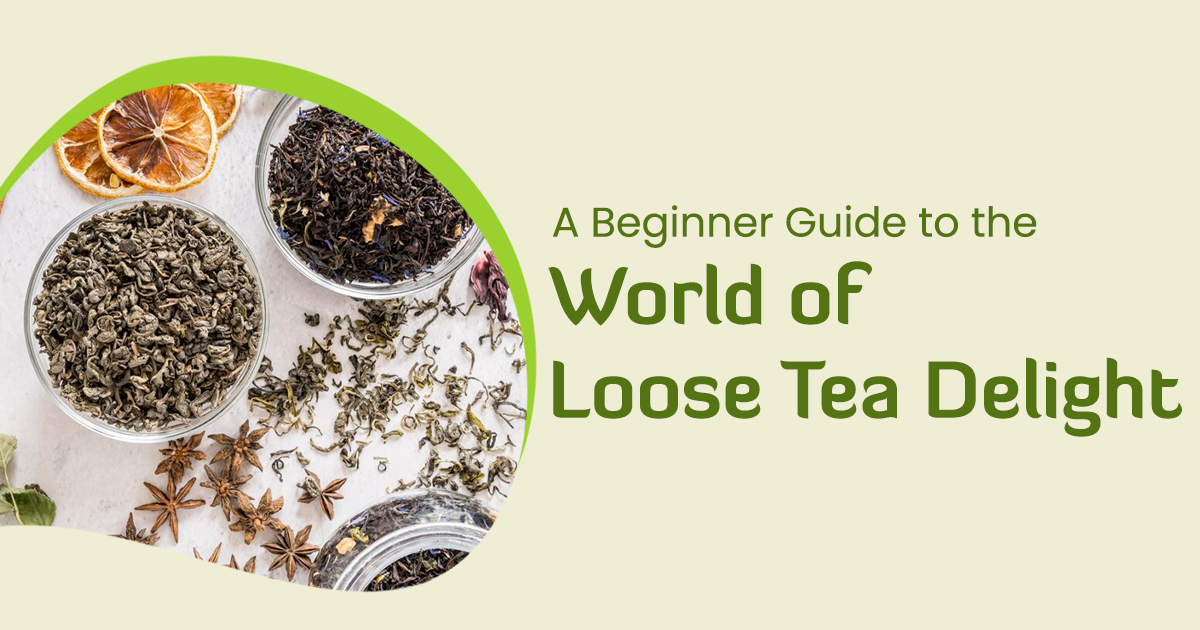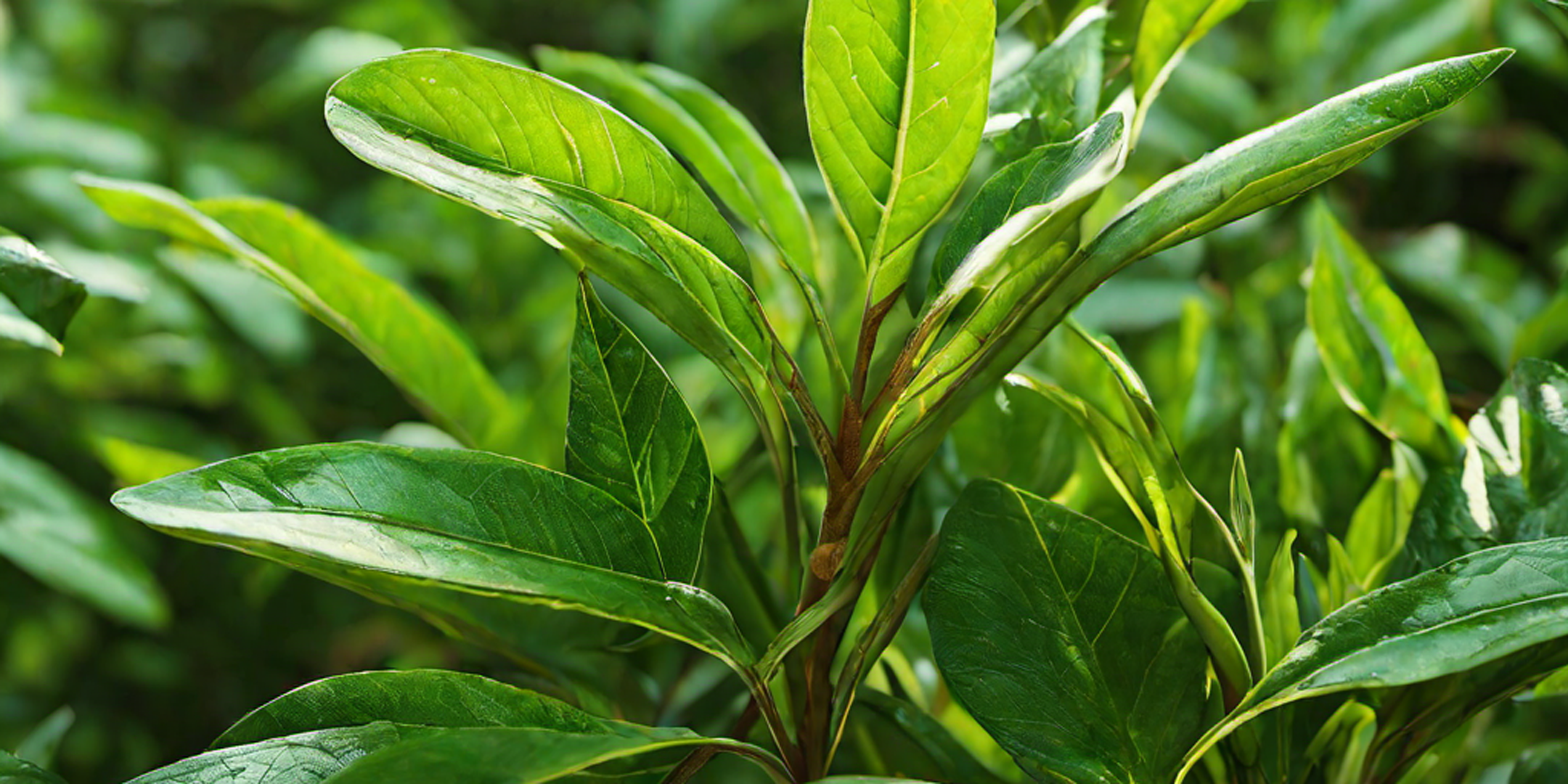Introduction
For centuries, the debate over whether to add milk before or after pouring tea has sparked lively discussions and vehement disagreements. This age-old controversy has divided tea enthusiasts, with each side firmly believing that their way is the correct way. Even the British royal family has been embroiled in this debate, adding a touch of regal intrigue to the controversy.
In this article, we explore the origins of the milk-first and milk-after debate, delve into scientific research on the matter, and reveal the tea-drinking preferences of the British monarchy. Whether you're a tea purist or an Orwellian who believes in pouring tea first, join us as we unravel the fascinating world of this royal controversy.
The Origins of the Debate
The tradition of adding milk to tea originated in the late sixteenth century when tea arrived in the West from China. Due to the long journey, the tea often became stale and bitter. To make it more palatable, milk was added to dilute the strong bitterness. This practice gained popularity, especially in the British Isles, where dairy was abundant.
However, the question of whether to add milk before or after pouring tea emerged as a status issue among the British. The upper class, who could afford high-quality bone china teacups, poured hot tea first. The bone china cups were renowned for their ability to withstand the heat without cracking or staining. On the other hand, those who couldn't afford such luxury poured milk into their teacups first to prevent cheap imitations from cracking or staining when hot tea was poured.
The Royal Preference
The British royal family has long been associated with the tradition of tea-drinking. To shed light on the royal preference, Grant Harrold, the Queen's former butler, shared insights into her tea-drinking habits. According to Harrold, the Queen follows the traditional British method of adding milk after pouring the tea.
Her Majesty's favorite teas include Assam, Darjeeling, and Earl Grey, which she enjoys brewed in a teapot with tea leaves. The tea is then poured into fine bone china teacups, following a specific protocol. The tea is poured first, and milk is added afterwards, never before. The cup is then stirred back and forth, avoiding circular motions or touching the sides. Finally, the tea should be sipped, never slurped.
The Science Behind the Debate
Researchers have conducted experiments to settle the milk-first or milk-after debate once and for all. Their findings shed light on the chemical reactions that occur when milk encounters hot tea.
Adding milk to hot tea can scald the milk and lead to the denaturation (degradation) of milk proteins. Denaturation occurs when the proteins separate from the bulk of the milk, resulting in a staid and sickly cup of tea. This phenomenon is more likely to happen when milk encounters temperatures above 75 degrees Celsius.
Another study found that the taste of tea differed depending on whether milk was added first or last. When milk was added first, the tea tasted richer, while adding milk last resulted in a bitter taste. These findings suggest that the order of milk addition can affect the overall flavor profile of the tea.
The Proper Way to Brew Tea
To ensure the best possible cup of tea, the Royal Society of Chemistry suggests following a few guidelines. First, use fresh chilled milk instead of UHT milk, which can contain denatured proteins and affect the taste. Secondly, add the milk before pouring the tea, as pouring hot water into milk reduces the likelihood of denaturation. Once the tea and milk are mixed thoroughly, the temperature should be below 75 degrees Celsius.
It's important to note that these guidelines may vary depending on the type of tea being brewed. Loose leaf teas may be best enjoyed with milk first, while tea bags, especially when brewed in larger mugs, may benefit from adding milk after pouring to avoid scalding.
Amusing Stories and Traditions
The debate over milk-first or milk-after has given rise to amusing stories and traditions surrounding tea. During the British Raj in India, the practice of adding milk first was not only a matter of preference but also served as a subtle way to test the hygiene of the household. Asking for milk-first was seen as a shrewd way of hinting at potential issues with kitchen cleanliness.
In the eighteenth century, the arrival of tea in the UK brought forth a new custom of showcasing social superiority through expensive porcelain and bone china teacups. Pouring hot tea first was a sign of status, as top-quality bone china would not crack or stain. However, as cheaper imitations flooded the market, pouring milk first became a way to prevent embarrassment from cracked or stained teaware.
Slurping and Proper Tea Etiquette
Tea etiquette plays a significant role in the enjoyment of this beloved beverage. One aspect often frowned upon is slurping tea. Slurping occurs when someone tries to drink tea that is too hot, resulting in a noise that can be considered impolite.
To avoid the need for slurping, it is recommended to drink tea at an ideal temperature of around 60 to 65 degrees Celsius. This temperature can be reached within a minute or two after pouring the tea. Placing a teaspoon in the tea for a few seconds can also help cool it faster, as the spoon absorbs heat through basic physics.
Conclusion
The debate over whether to add milk before or after pouring tea continues to captivate tea enthusiasts worldwide. While scientific research suggests adding milk first to prevent scalding and enhance flavor, the British royal family maintains the tradition of pouring tea before adding milk.
This royal controversy shines a light on the rich history and customs surrounding tea-drinking. Whether you choose to follow tradition, prioritize scientific findings, or simply enjoy your tea in your preferred manner, the pleasure of a perfect cup of tea remains a personal experience.
Next time you indulge in a cup of tea, take a moment to appreciate the centuries of tradition and debate that have shaped this beloved beverage. Cheers to the joys of tea and the never-ending tales it brings to our tables.




